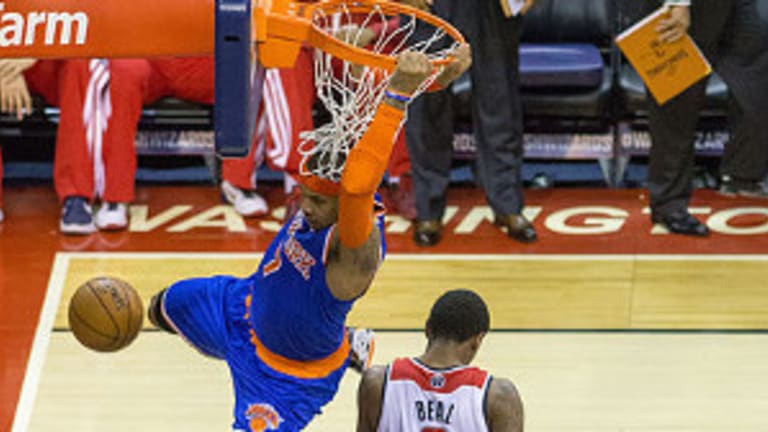Has any sport evolved to the same degree as tennis, through a combination of advances in equipment, technique, and training? It’s an interesting question.
Take baseball, for example. The lords of the game drew a line in the sand at the dawn of the metal-bat era and consciously encased the game in aspic. They did this mainly because they knew that the aluminum bat would transform the game, and they weren’t willing to bet the house on the fact that it would end up a better game.
Unfortunately, it seems that the biggest change in baseball in decades was an unexpected and unwanted one—the use of performance-enhancing drugs, and the impact they had on individual statistics. Other than that, if you discount the typical bells and whistles added to make the game more appealing to fans, little has changed in the way the game is played.
Soccer is another good example of the “if it ain’t broke don’t fix it” approach to sports. So is American pigskin football. Basketball, though, is different, especially at the NBA level. Evolution has been fluid, dynamic, and profound in both the NBA and pro tennis, and that raises an interesting point.
As professional enterprises, they’re the true sister sports, in spite of the socio-economic albatross that keeps insisting that tennis and golf are next of kin, with tennis as a kind of golf for people who can run. Golf, incidentally, seems to have changed very little, and certainly far less than tennis.

